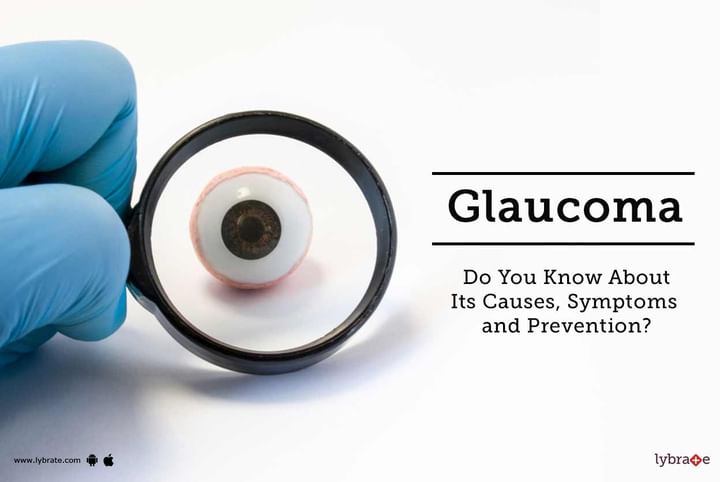Glaucoma: Do You Know About Its Causes, Symptoms and Prevention?
Glaucoma is an ailment that occurs when the fluid pressure increases within the eye. Over time, the condition can damage your optic nerves. Glaucoma is very common in elderly patients. In fact, it is one of the most popular causes of blindness for people over the age of 60. It is known as Kala Motiya or Kacchbindu . It is different from Cataract or Motibindu
The different types of Glaucoma include –
-
Open-angle Glaucoma
-
Closed Angle Glaucoma
-
Normal-tension Glaucoma
-
Pigmentary Glaucoma
-
Neovascular Glaucoma
Causes
Glaucoma is primarily caused due to the build-up of raised pressure inside the eye . This affects the blood supply to the, causing damage to the fine nerve fibres in the optic nerve. If the optic nerve is damaged, blind spots may be observed in the visual field. Uncontrolled pressure inside the eye causing gradual continuous damage to the optic nerves, resulting in tubular vision and finally blindness
This raised pressure is caused by improper drainage of a liquid called aqueous humor that fills the inside of your eye. This fluid is drained out with the help of a spongy tissue called trabecular meshwork. If the trabecular meshwork becomes less porous, the aqueous does not drain out of the channel and exerts a back pressure on the optic Nerve, causing damage to the nervefibres .
If not diagnosed in time and left untreated , Glaucoma, in most cases, eventually leads to loss of vision.
Symptoms
Symptoms depend upon the type and stage of glaucoma you are suffering from.
Chronic open angle Glaucoma is a silent disease . It often has no symptoms , till a very late stage .It is picked up on a routine examination.By the time the patient notices a loss of vision , it is too advanced .
CHRONIC or OPEN ANGLE GlAUCOMA
-
Unlike Open angle or chronic glaucoma, the narrow angle can present as an acute or sudden emergency
-
The common symptoms of narrow angle glaucoma are as follows
EARLY Prodromal symptoms
-
Halos around lights.
-
Need extra light to read
-
Intermittent headaches
ACUTE ATTACK OF NARROW ANGLE GLAUCOMA
-
Severe pain in the eye
-
Redness in the eye
-
Blurring of vision
-
Severe headache
CHRONIC or OPEN ANGLE GLAUCOMA
-
Blind spots in the peripheral vision- bumping into objects
-
The gradual loss of peripheral vision – driving , climbing down stairs
-
Finally loss of central vision
RISK FACTORS
Heredity – history of glaucoma in parents , aunts or uncles or siblings
High Myopia
Past history of Trauma or Injury to the eye
Age- elderly are more likely to develop low tension or normal tesnsion glaucoma. Here the intraocular or eye pressure is normal , but the optic nerve and visual fields are like glaucoma. This results when the blood supply to the optic nerve reduces
Prevention
The steps to prevent glaucoma and its risk factors are as follows –
Regular Eye Examination – after the age of 35 years, should be once a year
The examination should include check up of the intraocular pressure and examination of the optic nerve
In suspected cases, special tests like Perimetry , Gonioscopy and OCT are performed .nce diagnosed , regular 4 monthly visits with all parameters to be checked
Once diagnosed , there are various eye drops that can be administered to keep the pressure in the eyes under control .
If the condition worsens , the pressure can be controlled with lasers or surgery or a combination of both
LIFESTYLE to improve the health of your eyes
-
Get plenty of nutrients like iron, copper, selenium and antioxidants that are good for the eyes
-
Keep your blood pressure under control and get it checked frequently
-
Stop smoking
-
Limit your caffeine intake as high amounts of it can increase your eye pressure
-
Exercise daily by walking, jogging or swimming
-
Sleep with a wedge pillow with your head raised about 20 degrees
-
Wear sunglasses and caps to protect your eyes from sunlight
Most importantly, follow up with your eye specialist for regular screening. Be sure to use the eye drops and medication as prescribed by your doctor for the best results .



+1.svg)
